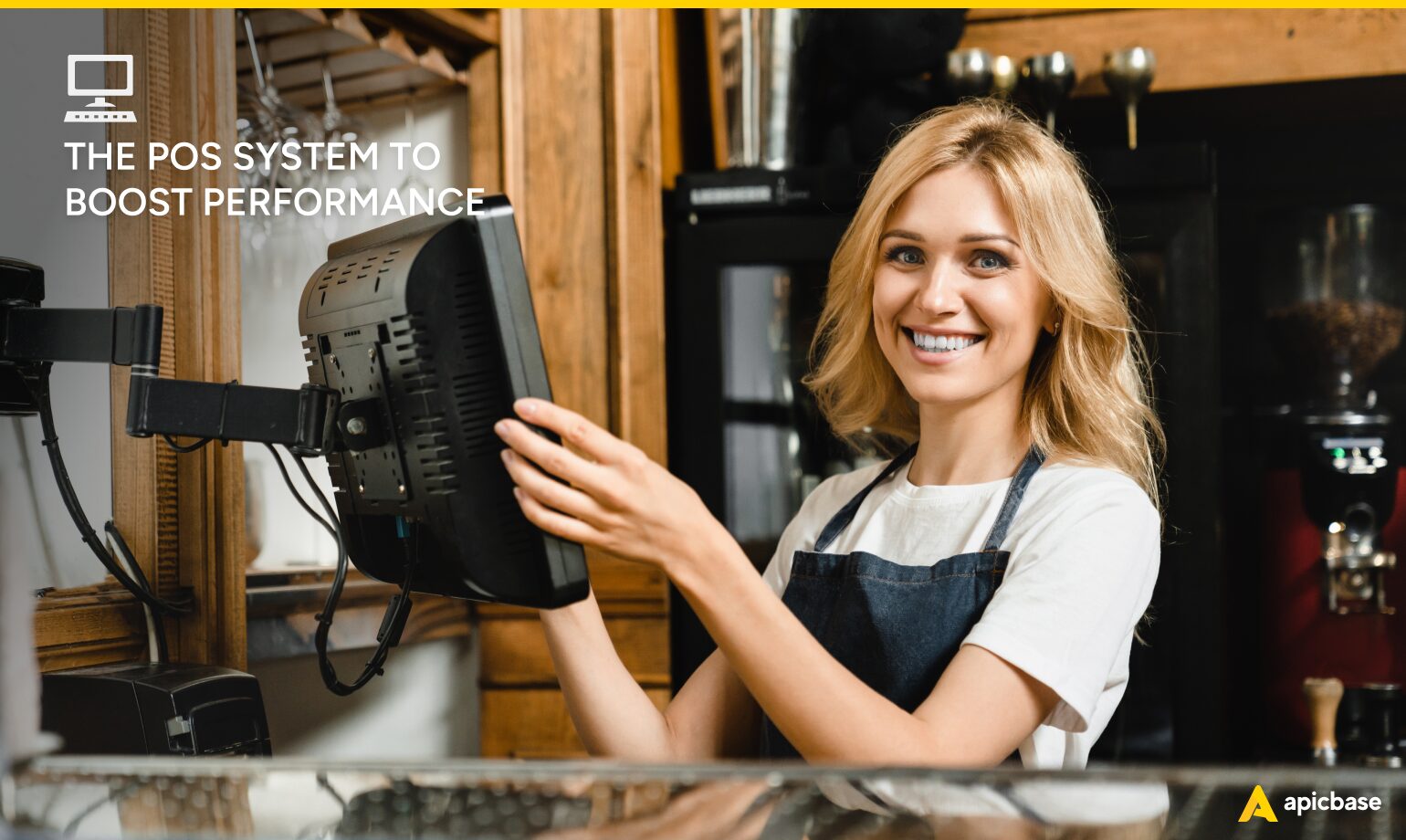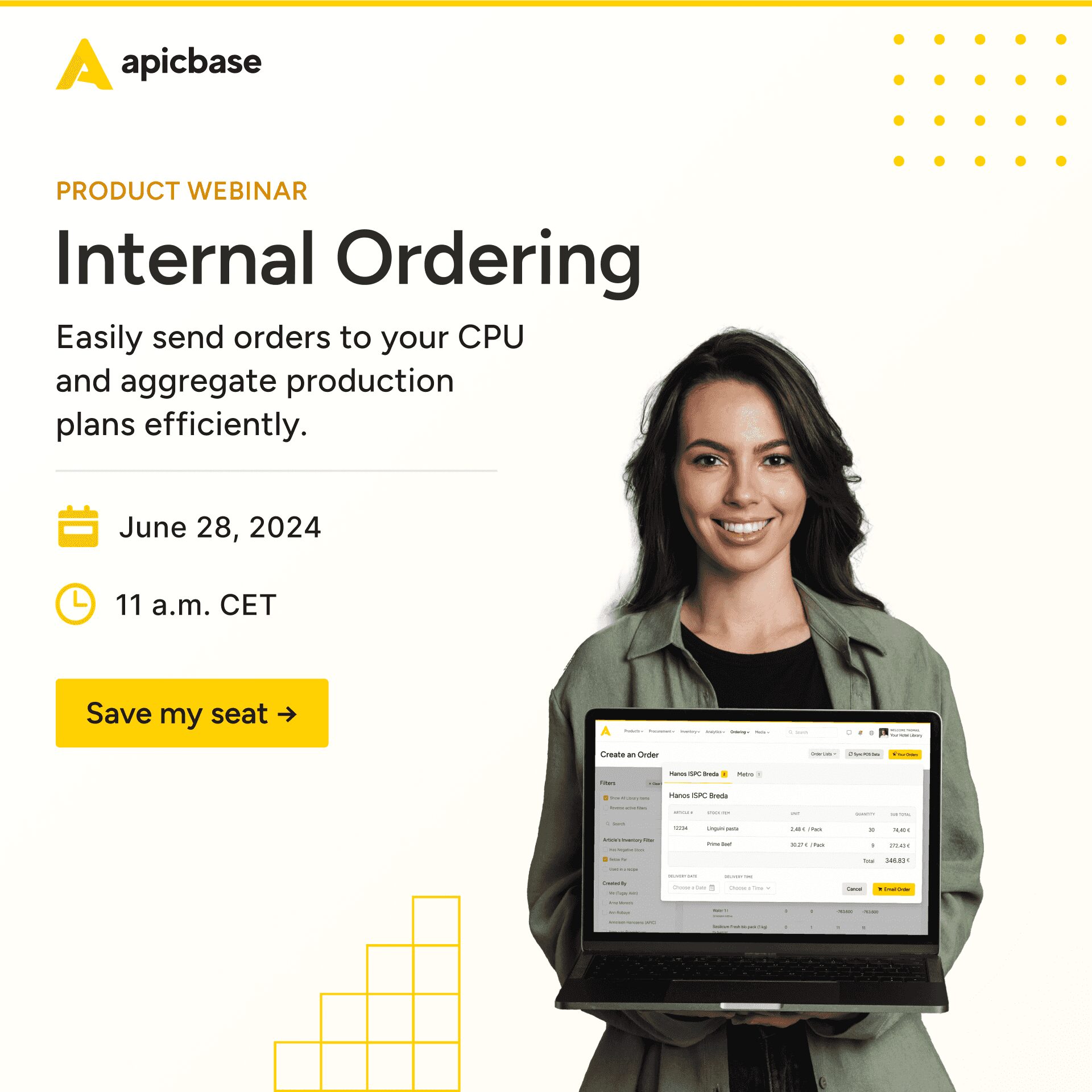Efficiency is everything in a restaurant company. Each saved second counts towards a satisfied customer and, more importantly, your bottom-line profit. This is where a state-of-the-art point-of-sale (POS) system comes into play. It is your secret weapon for excellence.
A modern EPOS system is far more than simply a sleeker cash register. It’s an all-in-one tool that supercharges every aspect of your restaurant’s performance, from order accuracy to customer loyalty, and even helps you increase profit margins.
How exactly does it do that? And how can you use your POS system to ignite your restaurant’s performance? Let’s find out.
Understanding the Basics of Your POS System
A restaurant POS system, or point-of-sale, is the central nervous system of a restaurant.
It combines hardware and software components to facilitate transactions and simplify key day-to-day business operations, especially in retail or restaurant settings. It serves as a central hub for processing and storing information regarding orders, payments, and employees while providing key insights for restaurant management.
Components
A POS system has two main components: hardware and software.
The hardware includes user-friendly terminals or tablets with high-resolution touchscreens for easy order-taking. These terminals may also include features such as a magnetic stripe reader for swiping credit cards, a barcode reader or scanner to quickly read product prices, and an internal receipt printer that can print out bills right at the till.
A kitchen display system (KDS) could also be bundled into the hardware suite, enabling real-time order updates for kitchen staff. A POS system may also include additional hardware for digital menus and promotional digital displays.
The software, on the other hand, serves as the system’s lifeblood, controlling all of the hardware components. The software manages everything from menus and inventory items to customer information, payments, and reports. The well-designed POS software provides a simplistic design interface that is easy for your staff to get started with and navigate through, even with minimal technical experience.
Primary Functions
At its core, a POS system is responsible for the following functions.
- Order Processing: accepting orders quickly and accurately. This involves enabling staff to choose menu items from the terminal, select modifiers and variations, and accommodate special requests from customers. Once the order is confirmed, the POS system transmits it directly to the kitchen, minimising errors and increasing efficiency.
- Payment Processing: Different payment gateways are necessary to cater to customers’ preferences. Modern POS systems cover the complete range of accepted payments: cash, credit or debit cards, contactless mobile wallet payments, and even split bills for groups.
How to Use the POS System in Your Restaurant to Improve Unit Performance
Streamlining Order Management
A well-designed POS system can revolutionise how your restaurant handles orders.
- Order Accuracy: One of the most lucrative advantages of using a POS system is the ability to nullify errors in order-taking. Thanks to the intuitive interface, your servers can instantly select menu items, accommodate special requests and dietary requirements, and send them straight to the kitchen. Therefore, the chances for errors and miscommunication between your front-house person and the back-house person are nearly nonexistent. This results in decreased errors, better customer satisfaction, and less food waste.
- Speed of Service: POS systems can automate the whole order processing system by sending orders straight to the kitchen and sorting them out based on the expected preparation times. A system like this allows your chefs to spend more time preparing the orders rather than deciding what to prepare next. This feature can increase the efficiency of your kitchen and your table turnaround ratio.
- Table Management: Many POS systems come with table management features to assist your staff with allocating and tracking tables in real-time. This helps ensure tables are quickly cleared and turned over, enhancing your seating capacity and reducing wait times for your customers.
Enhancing Customer Experience
A restaurant POS system enhances the customer experience by allowing staff to provide a more personalised and seamless dining experience.
- Personalisation: Your POS system is a goldmine in terms of the data you can collect to deliver personalised services to each customer. It helps staff greet regular customers by name, remember what they usually order, and suggest new dishes based on their likes and dislikes. This adds more of a personal touch, which fosters loyalty and encourages repeat business.
- Loyalty Programmes: You can use the POS system to implement a loyalty programme. The POS system allows you to easily track your customer purchases and reward them with discounts, special offers, or exclusive rewards for patronising you. This can lead to repeat visits and a loyal customer base.
- Feedback Collection: Your POS system can be invaluable for gathering and processing customer feedback. You can integrate surveys or other calls to action to receive feedback from customers about their experiences. This critical intelligence can help you identify areas for improvement and tailor your services according to your customers’ requirements.
Inventory Management
Restaurant Inventory management is a key part of running your business efficiently. 3S POS syncs sales with actual inventory through an integration with Apicbase.
- Real-Time Tracking: The POS system gives you quick insights into your inventory levels. For better inventory management, you track ingredient usage and stock levels to identify low-stock items before they run out. You can also use your POS system to monitor expiration dates to ensure your customers always get fresh food. The POS system also enables you to analyse inventory costs and identify areas where you can optimise your inventory to cut costs.
- Automatic Reordering: Set up auto-orders for regularly consumed ingredients. Most modern POS systems can observe patterns of ingredient usage and make purchase orders automatically when stock hits a given threshold. This eliminates the risk of running out and makes the restocking process much more seamless.
- Waste Reduction: Better inventory control can greatly diminish food waste. By managing ordering and, more importantly, tracking the use of ingredients, you can minimise the risk of overstocking and spoilage. This results in significant cost savings and more sustainable operations.
Employee Management
Your staff is the backbone of your restaurant, and using a POS system can help you create a more efficient and enabled workforce.
- Scheduling & Time Tracking: Manage all shift breaks and time-off requests directly through your POS system. This eliminates miscommunications, saves time, and helps you manage your workforce more effectively.
- Performance Monitoring: Track critical performance metrics such as sales generation, order accuracy, and service speed through your POS system. The data provides insights for constructive feedback and coaching to help staff improve their skills.
- Training & Accountability: Instead of manual training, use training modules and tutorials built into your POS system to effectively train new staff. Monitor individual logins, working hours, and actions to promote accountability and performance tracking.
Sales & Revenue Tracking
Gaining insights into your sales and revenue streams is vital for making informed business decisions, and a POS system can help you obtain key data.
- Sales Reports: Sales reports from your POS system can provide valuable insights into your revenue streams, top-sellers, and overall performance. These insights can help you make data-driven operational decisions about the menu, pricing, and promotions based on data.
- Identifying Trends: Over time, POS data can reveal trends such as peak hours, popular and profitable menu items, and seasonal slow times. You can leverage this data to optimise staffing schedules, inventory management, and targeted marketing efforts.
- Profit Margins: Detailed, granular sales and cost data are invaluable in monitoring, controlling, and improving your profit margins. It helps you identify areas where you can cut costs or adjust prices to ensure maximum profitability.
Marketing & Promotions
In today’s competitive market, targeted marketing is key to attracting and retaining customers. Your POS system can be a powerful marketing tool thanks to the following features.
- Targeted Campaigns: Many of the latest POS systems come with tools to support your marketing efforts, such as tools to help you plan, create, and track promotions, coupons, or special offers.
- Targeted Offers: By gaining access to customer data (courtesy of your POS system), you can deliver laser-focused promotions and deals specific to demographics, boosting the efficiency of your marketing efforts.
Social Media Integration: Many POS systems will allow you to integrate natively with social media so that your promotions, contests, and campaigns can be executed on these platforms directly through your POS system.
Data Security & Compliance
A restaurant’s critical responsibility is keeping customer data secure and ensuring compliance with industry standards, and your POS system can play a vital role in this area, too.
- Security Features: Most modern POS systems have encryption and tokenisation to safeguard sensitive customer enforcement and ensure compliance with standards like the Payment Card Industry Data Security Standard (PCI DSS).
Compliance: A POS system can protect your business assets and assist with ensuring compliance with various rules and regulations, such as food safety and labour laws.
Integrations with Other Restaurant Tech Systems
Most POS systems offer integrations with other business systems to ensure operational cohesiveness.
- Inventory management systems: Apicbase is an end-to-end inventory solution that uses data from your 3S POS to provide insights into sales, food costs, menu engineering and inventory management.
- Accounting Software: Linking your POS to your accounting software can simplify financial approaches by automatically extracting sales and cost data, enabling faster reconciliation.
- Online Ordering & Delivery: If your restaurant delivers or offers online ordering, POS system integration will make order management more manageable and reduce the risk of manual entry mistakes.
Customer Relationship Management (CRM): Integrating your POS with the CRM system will enrich your customer database, helping you create highly targeted marketing campaigns and optimise your services per customer demand.
Choosing the Right POS System
With so many options available, selecting the right POS system is crucial to realising your restaurant’s full potential. Here’s how to choose the right POS system for your unique restaurant.
- Needs Assessment: Before selecting a system, conduct a comprehensive needs assessment, considering the size of your operation, the types of services offered, and any specific industry requirements you may have to meet.
- Feature Comparison: Conduct due diligence to assess and compare different POS systems’ attributes, such as features, scalability, and pricing model, so they are in line with your requirements now and in the future.
- Vendor Support & Training: Beyond the overall features and price, evaluate the vendor’s level of support and training. Reliable support and full end-user training are likely necessary to achieve uninterrupted usage and long-term value.
Conclusion on EPOS Usage in Your Restaurants
A well-implemented POS system could be a game-changer for your restaurant. If used correctly, it can streamline your operations, offer a better customer experience, and equip you with the insights you need to grow your restaurant. To get maximum results, you can also increase your restaurant’s efficiency with POS integrations like Apicbase.


